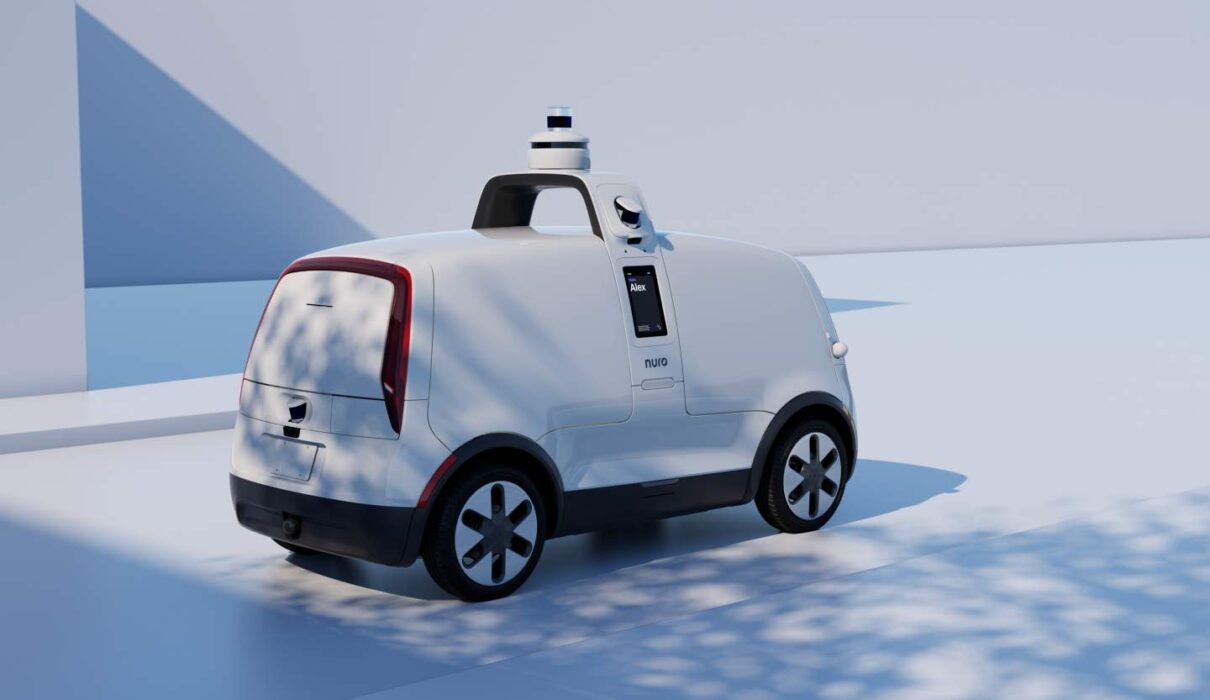Nuro, a car company known for creating an autonomous shipping vehicle, has established itself as a beginner industry leader in autonomous shipping (through Reuters). The company develops careless cars for businesses that need to send goods to customers and who want to do it on an ongoing and efficient. Nuro autonomous electric vehicles are currently used by major brands including Kroger, 7-Eleven, and Fedex, among others.
On January 12, Nuro announced the development of third-generation autonomous shipping vehicles. The vehicle will have twice the cargo space as a second generation model while producing zero emissions in transportation. This new vehicle production will take place at the Nuro facility in South Nevada, which is recorded by the company.
Already an autonomous shipping standard industry, Nuro’s goal stated, per press release, is to use its newest model as a tool for scale in all Nuro new models that will be produced in emissions-emissions, with all power charging with renewable energy.
Because Nuro’s mission created a vehicle to courier goods than people, he has taken one of the most common automotive safety features and flips it into – literally. According to the company, the third generation Nuro car will display external airbags to improve safety for others in and around the road – namely pedestrians, cyclists, and other cars.
This airbag will be used in the instance of-contact and accompanied by what the company described as “multi-model sensing suite,” complete with visual, lidar, and thermal camera designed to make a 360 degree display around the vehicle around the vehicle all the time .
This new safety tool is very promising considering the rough history of autonomous vehicles on the American highway. Companies including Google and Apple have struggled to develop and implement safe autonomous vehicles. In 2020, Uber sold its self-driving division after struggling to scale and implement it safely (via Wall Street Journal).

